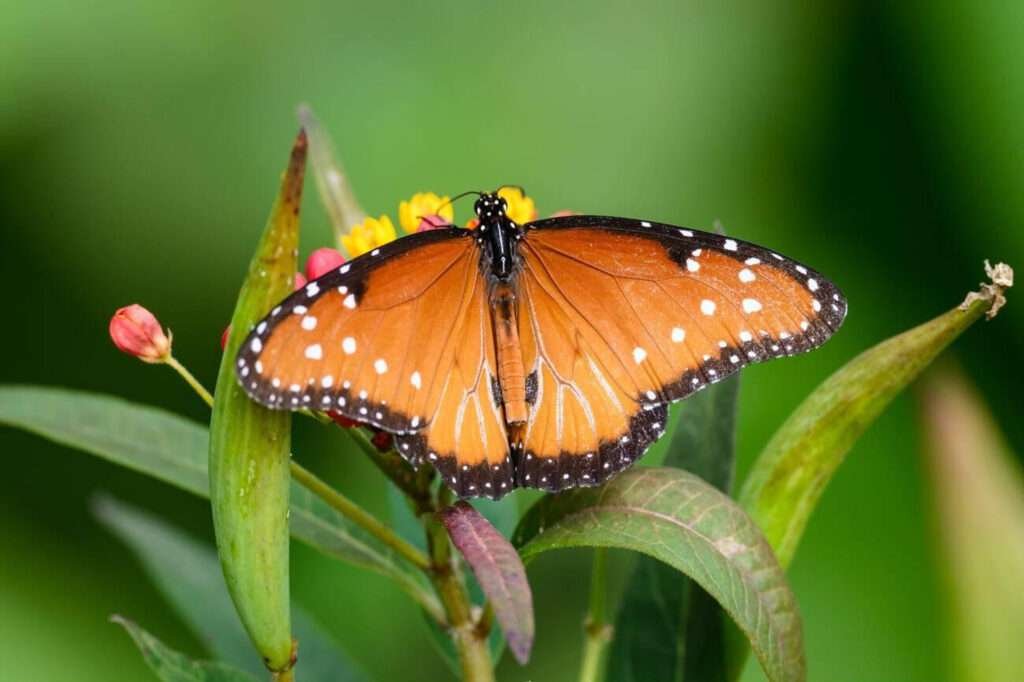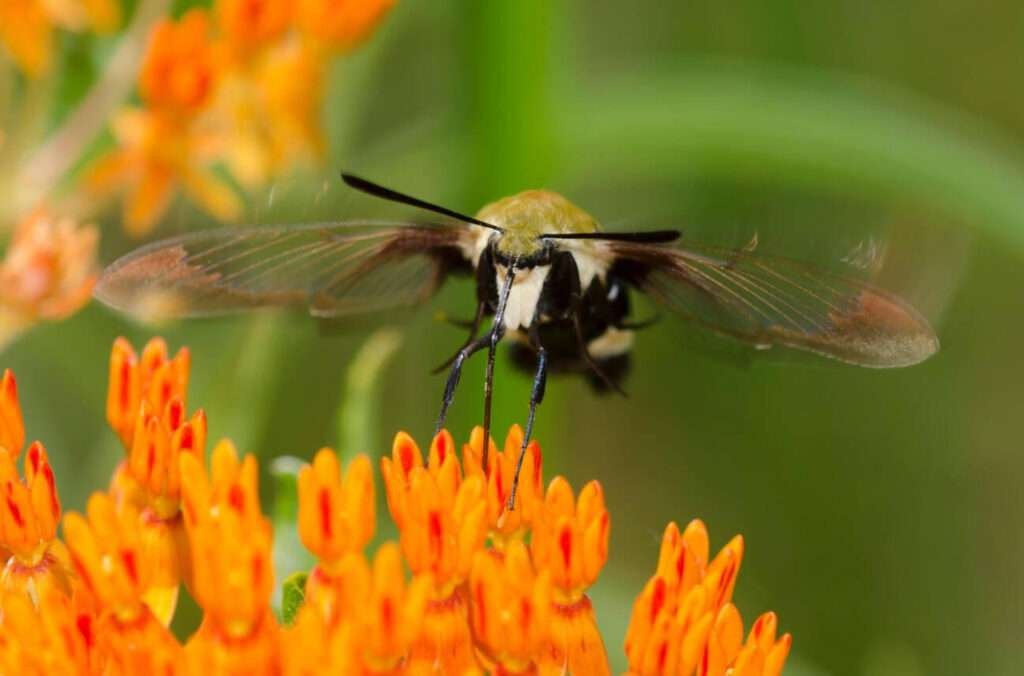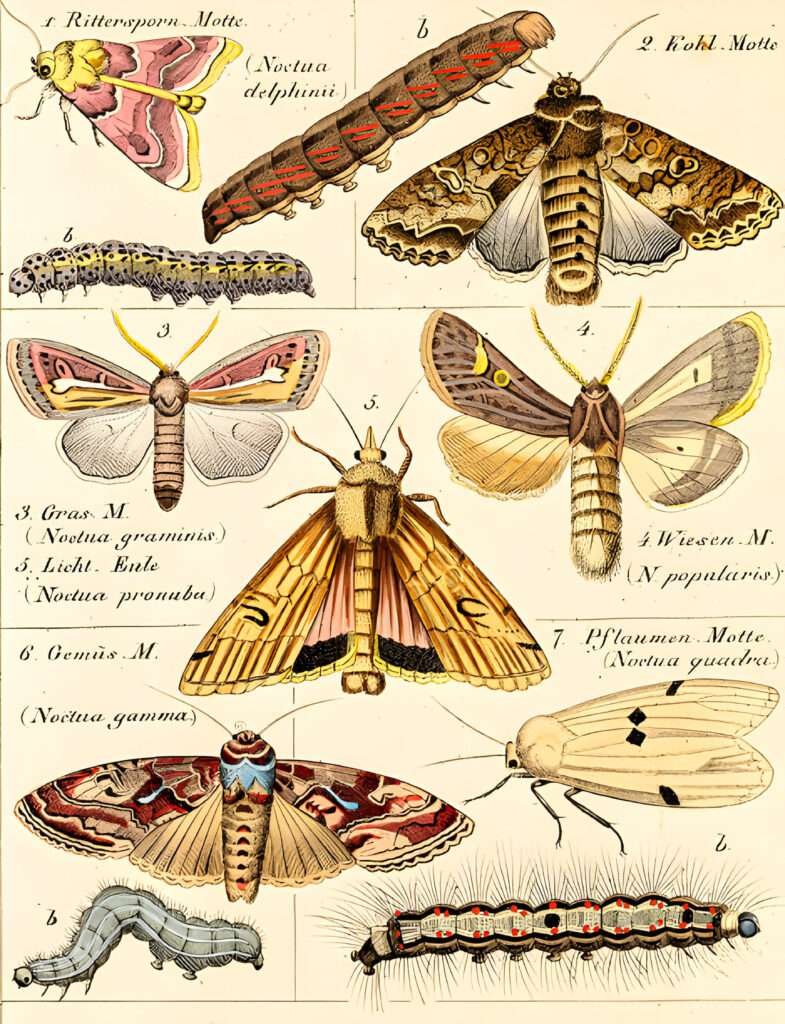The Queen Butterfly, predominantly found in warm regions, closely resembles the Monarch butterfly. It thrives in diverse habitats from meadows to tropical areas.
Exploring the world of the Queen Butterfly offers a glimpse into a resilient and adaptable species. This butterfly, scientifically known as Danaus gilippus, showcases a striking pattern of orange and black, much like its cousin, the Monarch. The Queen Butterfly’s adaptability to various climates contributes to its widespread presence across North and South America.
Its lifecycle, from egg to butterfly, reveals nature’s intricate design and the crucial role these creatures play in pollination. Gardeners and nature enthusiasts often encourage the presence of Queen Butterflies by planting milkweed and other nectar-rich plants. Observing these butterflies provides aesthetic pleasure and educational insights into biodiversity and ecosystem health.
The Marvel Of Queen Butterfly Migration
Each year, a spectacle unfolds as Queen butterflies embark on an epic journey. These delicate creatures travel vast distances precisely, and their migration is a true marvel of nature.
Captivating Journeys Across Continents
Queen butterflies are master navigators. They cross continents with grace and determination. Observers are left in awe as swarms paint the sky in vibrant colours. Their flight paths reveal nature’s intricate patterns.
- North America to Mexico: A common route for these winged travellers.
- Survival strategy: Migration helps them escape cold weather.
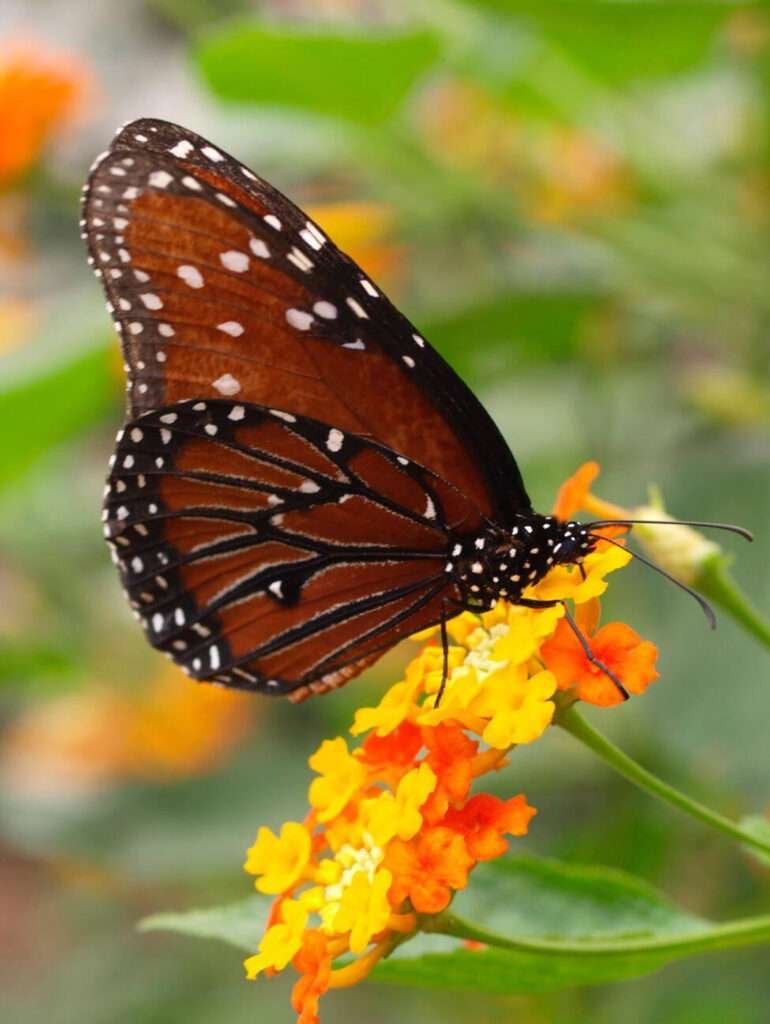
The Science Behind Long-distance Flight
Researchers are unlocking the secrets of these long flights. Queen butterflies use the sun and Earth’s magnetic field to guide them.
| Factor | Role in Migration |
|---|---|
| Sun | Natural compass during the day |
| Magnetic Field | Navigation aid when the sun is not visible |
Genetics also play a part. Each generation inherits the instinct to migrate. This ensures the survival of the species.
Unravelling The Mysteries
The Queen Butterfly flutters through our gardens with a grace that captures our wonder. But beyond its beauty lies a world of intricate behaviours and adaptations scientists strive to understand. Unravelling these mysteries allows us to peek into these majestic insects’ incredible journey of survival and evolution.
Deciphering Navigation Techniques
One of the most fascinating aspects of the Queen Butterfly is its ability to navigate. Researchers study their flight patterns to learn how they find their way. With no maps or compasses, these butterflies travel great distances with precision. Scientists believe they use a combination of the sun’s position and Earth’s magnetic field to guide them.
- Sun compass: Butterflies have an internal clock that helps them use the sun to navigate.
- Magnetic sense: They may sense Earth’s magnetism, like a natural GPS.
The Role Of Genetics And Environment
Both genetics and the environment play crucial roles in the life of a Queen Butterfly. Their genetic makeup determines their physical traits, like wing colour and patterns. Yet, the environment can influence these traits too. For example, temperature and diet during larval can affect a butterfly’s appearance and health.
| Factor | Influence on Butterfly |
|---|---|
| Genetics | Defines wing patterns and colours |
| Temperature | Influences size and development speed |
| Diet | Affects health and colour intensity |
Life Cycle Of The Queen Butterfly
The Queen Butterfly (Danaus gilippus) embarks on a remarkable transformation journey. This process, known as metamorphosis, is a wonder to behold. Each stage of the Queen Butterfly’s life is unique and vital in developing into a beautiful flyer. Let’s explore the stages from a tiny egg to a stunning butterfly.
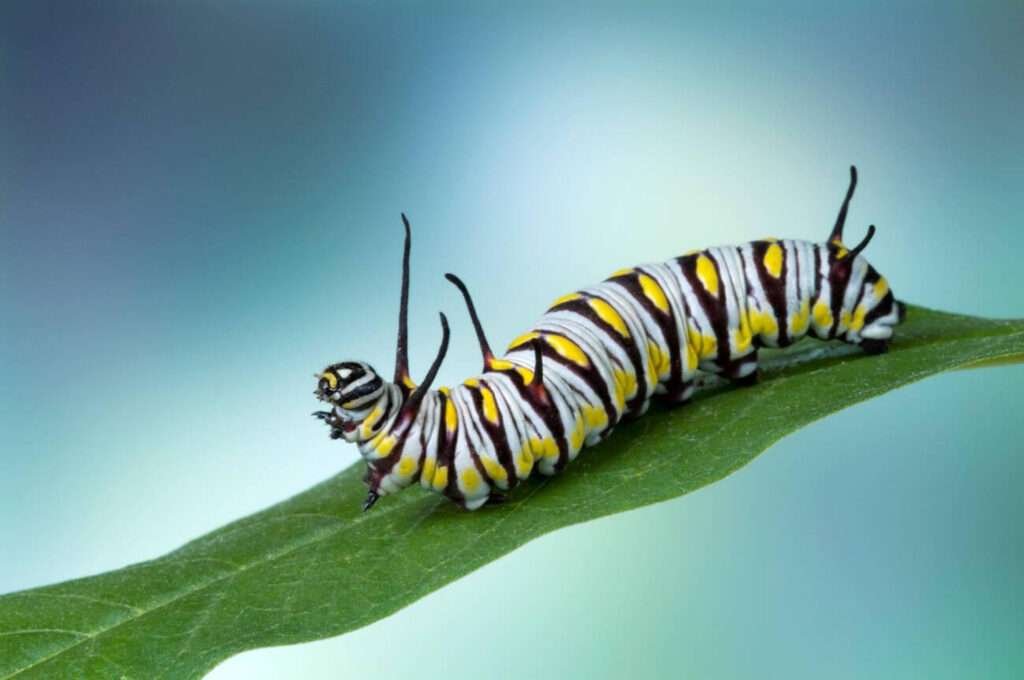
From Caterpillar To Majestic Flyer
The life cycle of the Queen Butterfly begins with a small, pearl-like egg. Upon hatching, a hungry caterpillar emerges. It feeds on milkweed, its host plant, growing rapidly. This larva moults several times before forming a chrysalis. Inside, it transforms into a butterfly. Within a few weeks, the chrysalis breaks open to reveal the majestic Queen Butterfly, ready to spread its wings and take flight.
- Egg: A tiny, white egg is laid on milkweed.
- Caterpillar: It emerges hungry and grows by eating milkweed leaves.
- Chrysalis: The caterpillar forms a protective casing around itself.
- Butterfly: A beautiful Queen Butterfly emerges ready to fly.
The Impact Of Seasons On Development
Seasons greatly influence the life cycle of the Queen Butterfly. In warmer climates, these butterflies can breed year-round. In contrast, cooler temperatures slow development. The Queen Butterfly may even enter a state called diapause, waiting for warmer weather to continue its cycle.
| Season | Effect on Development |
|---|---|
| Warm Months | Continuous breeding and development |
| Cool Months | Slower development or diapause |
Historical Observations
The Queen Butterfly, a regal sight in gardens, has long fascinated observers. Detailed records track its travels, behaviour, and interactions with nature. These accounts provide a window into the past, revealing how this species has danced through history.
Early Records Of Queen Butterfly Travels
Explorers and naturalists began documenting the Queen Butterfly‘s presence centuries ago. Their notes offer insights into migration patterns and habitats. Evidence suggests these butterflies have navigated vast landscapes, carefully crossing meadows and forests.
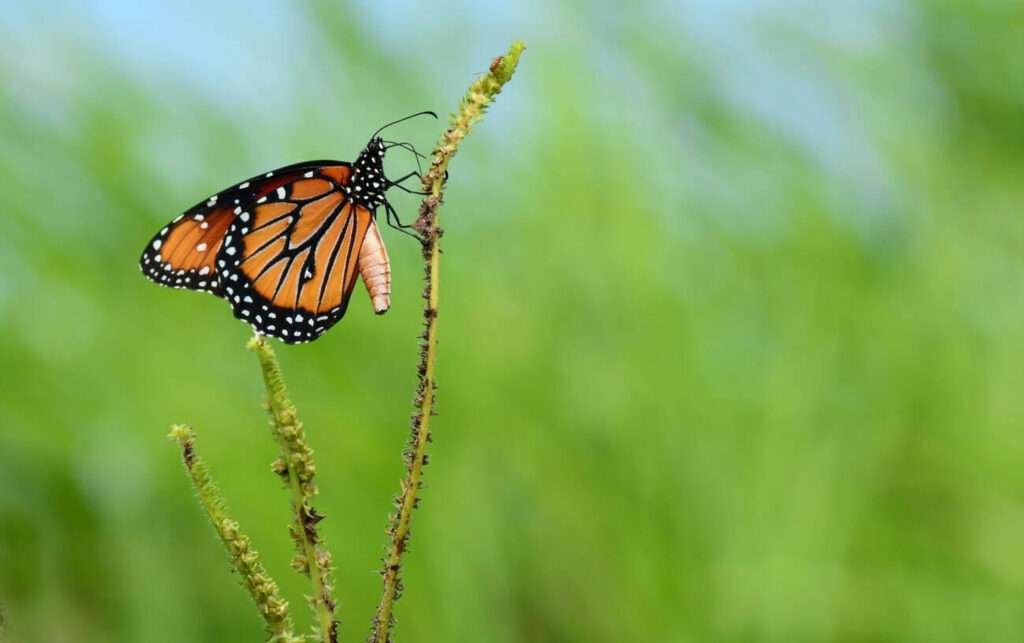
Contributions From Citizen Scientists
Amateur enthusiasts play a vital role in understanding the Queen Butterfly. Through citizen science projects, individuals worldwide contribute observations. This data helps experts track population changes and conservation needs.
- Photos and sightings logged online
- Tagging programs monitor migrations
- Gardeners share notes on plant preferences
Modern Tracking Technologies
The queen butterfly is now easier to study thanks to modern tracking technologies. These tools help scientists understand its behaviours and patterns.
Advancements In Tagging And Monitoring
Recent developments have revolutionized how we track the Queen Butterfly. Small, lightweight tags attached to their wings, barely affecting their flight. The tags send signals to researchers, providing real-time data on butterfly locations.
- GPS Tags: Offer precise location tracking.
- Solar-powered tags: Ensure long-term monitoring without battery issues.
- RFID Chips: Allow for proximity-based data collection.
Data Analysis And Migration Patterns
With the data collected, scientists use software to analyze migration patterns. This reveals insights into their travelling habits and habitat preferences.
| Year | Migration Start | Migration End | Distance Covered |
|---|---|---|---|
| 2021 | March | August | 1200 miles |
| 2022 | April | September | 1500 miles |
This information helps protect these beautiful creatures and their habitats.
The Significance Of Stopover Sites
The Significance of Stopover Sites for the Queen Butterfly during its migration is crucial. These sites serve as vital resting and refuelling zones, helping sustain the butterfly’s energy levels for the long journey.
Fueling Stations Along The Route
Stopover sites are like mini gas stations for the Queen Butterfly. Here’s why they are important:
- Energy replenishment: Butterflies feed on nectar, which gives them the energy to continue.
- Rest: After flying long, these sites provide a safe resting place.
- Reproduction: These sites often serve as mating grounds.
Conservation Of Key Habitats
Protecting these habitats is vital. Without them, the Queen Butterfly could face challenges:
| Threat | Impact |
|---|---|
| Habitat loss | Lowers the number of safe stopover sites |
| Pollution | Contaminates the nectar sources |
| Climate change | Affects the flowering times of plants |
Active efforts to protect these areas are essential. This includes creating protected lands and reducing pesticide use.
Threats To The Queen Butterfly
The Queen Butterfly, with its majestic wings and graceful flight, faces several threats in the wild. Understanding these dangers is crucial for conservation efforts. Here are some of the most pressing issues affecting the Queen Butterfly population today.
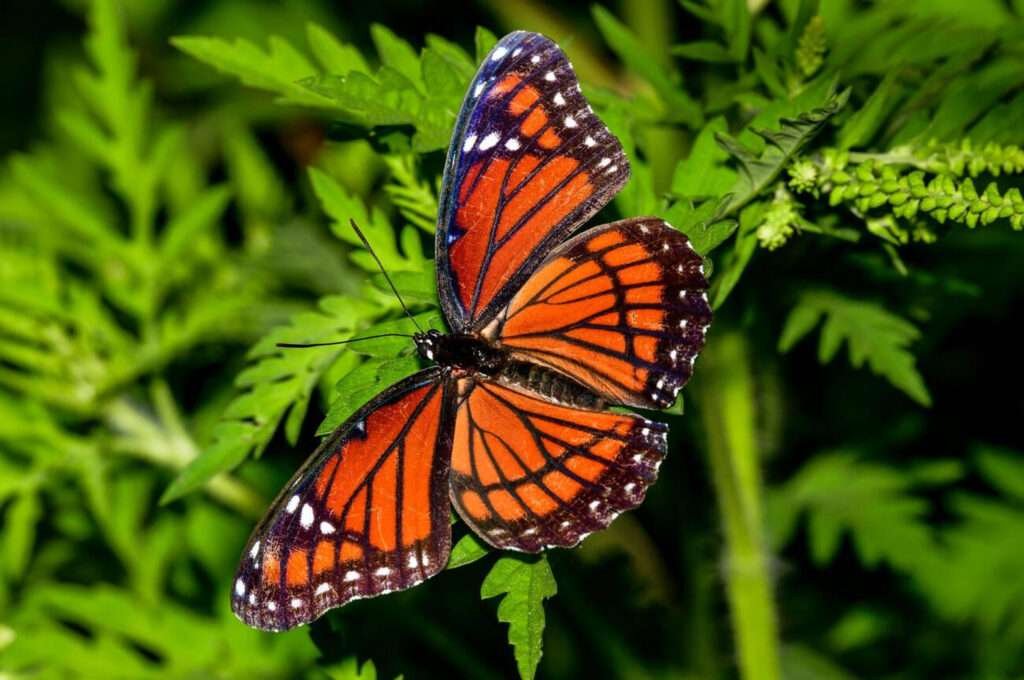
Climate Change And Its Impacts
Climate change poses a significant threat to the Queen Butterfly. Rising temperatures can disrupt migration patterns and affect the availability of milkweed, the caterpillar’s sole food source. Extreme weather events, such as storms and droughts, destroy habitats, leaving these delicate creatures vulnerable.
Loss Of Nectar Sources And Host Plants
Queen Butterflies rely on a variety of nectar sources for survival. Urbanization and agriculture reduce these vital plants. Pesticides and herbicides harm both adult butterflies and caterpillars. Conservation of native plants is essential for the Queen Butterfly’s survival.
Conservation Efforts
The Queen Butterfly, with its majestic wings and vibrant colours, is not just a sight to behold but an important part of our ecosystem. Conservation efforts are critical to ensure these delicate creatures can thrive for generations to come. Organizations and individuals are acting to protect the Queen Butterfly through various means.
Protective Measures
Protective measures are vital to safeguard the Queen Butterfly’s habitat. These include:
- Creating sanctuaries that provide safe breeding grounds.
- Managing pesticides to minimize harm to butterflies.
- Planting milkweed, the primary food source for their caterpillars.
These steps help maintain a healthy environment for the Queen Butterfly to flourish.
Legislation
Legislation plays a crucial role in conservation. Laws such as the Endangered Species Act provide legal protection for butterflies. They:
- Prohibit the collection and harm of butterflies.
- Support conservation programs.
- Promote habitat restoration efforts.
Such laws ensure that the Queen Butterfly has a fighting chance against extinction.
Engaging The Public In Preservation
Engagement with the public is key to successful preservation. Initiatives include:
- Education programs to teach about butterfly importance.
- Community projects that encourage local conservation actions.
- Butterfly gardens in schools and parks for hands-on learning.
These programs inspire people to join the fight to protect the Queen Butterfly.
The Cultural Importance Of Migration
The Queen Butterfly, a majestic traveller, embarks on remarkable migrations that resonate deeply with many cultures. These migrations symbolize change, resilience, and the interconnectedness of life. Let’s explore the rich tapestry of meanings these migrations hold within human societies.
Symbolism In Human Societies
Queen Butterflies have captivated the human imagination for centuries. Their journeys reflect our own life’s transitions. In various cultures, they embody the soul’s journey, symbolizing rebirth and transformation. As they migrate, these butterflies remind us of our own potential for growth.
Educational Opportunities And Awareness
Queen Butterfly migrations offer valuable teaching moments. Schools and communities track their paths, creating a platform for learning about ecology, geography, and conservation. These educational experiences grow a sense of stewardship for nature’s wonders, fostering environmental awareness in young minds.
- The life cycle of the Queen Butterfly
- Migration patterns and their significance
- Roles in ecosystem health and biodiversity
Future Research Directions
With its vibrant wings and grace, the Queen Butterfly captivates researchers. Yet, much remains unknown about these majestic creatures. Exploring future research directions is critical to unveiling the secrets of their life cycle and survival strategies. Scientists stand at the threshold of new discoveries, poised to delve into the uncharted realms of these insects’ existence.
Unanswered Questions
Researchers ponder several mysteries about the Queen Butterfly. One pressing question relates to their migration patterns. What cues do they follow? Climate change impacts on their habitats also remain elusive. How will rising temperatures affect their life stages? The genetic basis of their remarkable colouration is yet another puzzle waiting to be solved.
- Migration triggers and pathways
- Climate change effects on the life cycle
- Genetics of wing patterns
Potential For Technological Innovations
Technological advances promise new insights into the Queen Butterfly. Scientists could use satellite tracking to monitor migrations. Genomic sequencing may unravel the DNA secrets behind their colours. Even citizen science can play a role, with apps enabling the public to report sightings. These tools will propel our understanding forward.
- Satellite tracking for migration studies
- Genomic sequencing for colouration research
- Citizen science apps for data collection
Frequently Asked Questions
Are Queen Butterflies Rare?
Queen butterflies are not considered rare, but their populations can vary by region and season. They are widespread across North America and are often mistaken for monarchs.
Is A Queen Butterfly A Monarch Butterfly?
No, a Queen butterfly is not a Monarch butterfly. Although they are similar in appearance, they are distinct species with different markings and habitats.
Where Are Queen Butterflies Found?
Queen butterflies are predominantly found throughout the southern United States, Mexico, and Central America. They thrive in warm, tropical environments.
What Is The Difference Between A Queen And A Soldier Butterfly?
Queen butterflies have thicker veins on their wings, while soldier butterflies showcase a more vibrant colour pattern. Queen butterflies also tend to be slightly larger.
Conclusion
As we wrap up our journey through the life of the queen butterfly, it’s clear these creatures are marvels of nature. Their vibrant colours and migration patterns inspire and intrigue. Let’s continue to nurture habitats that support their survival. Remember, every garden can be a haven for these regal insects.
Embrace the beauty and mystery of the queen butterfly.


